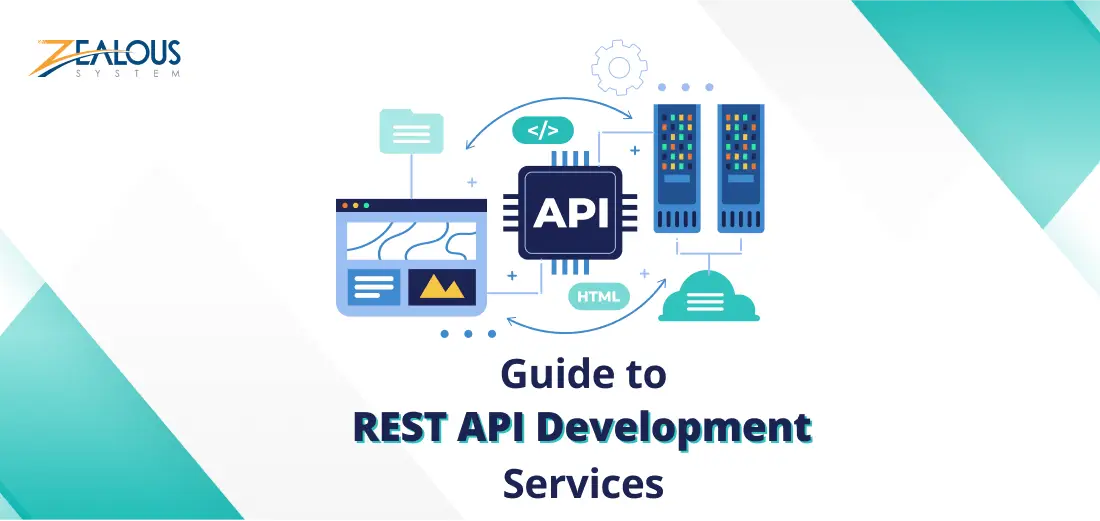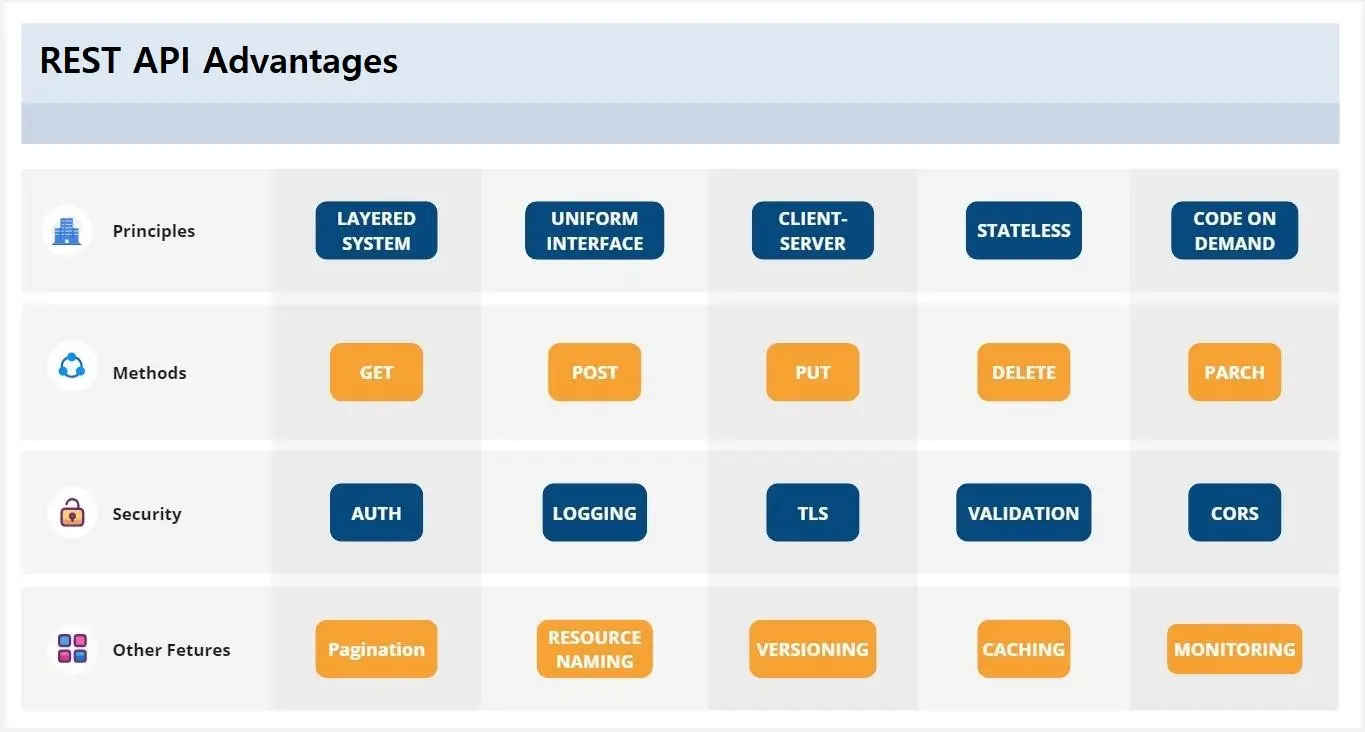
- Company
- Services
- UI/UX Design Services
- Microsoft Dynamics 365
- Mobile App Development
- AI Software Development
- Web App Development
- Generative AI Development
- Digital Product Development
- Enterprise Mobility
- SaaS Application Development
- Application Integration
- White-label WP Maintenance
- ERP Software Solutions
- Software Testing
- Offshore Development Center
- Let’s Connect
- Trending
- Technology
- Industry
- Build Your Team
- Our Work
- Company
- Services
- UI/UX Design Services
- Microsoft Dynamics 365
- Mobile App Development
- AI Software Development
- Web App Development
- Generative AI Development
- Digital Product Development
- Enterprise Mobility
- SaaS Application Development
- Application Integration
- White-label WP Maintenance
- ERP Software Solutions
- Software Testing
- Offshore Development Center
- Let’s Connect
- Trending
- Technology
- Industry
- Build Your Team
- Our Work
We use cookies and similar technologies that are necessary to operate the website. Additional cookies are used to perform analysis of website usage. please read our Privacy Policy
REST API Development Services – Benefits, Examples, and Integration Process

Ever thought about how your pizza arrives so quickly when you order online? Or how you instantly see your friend’s new post when they share it? Well, that’s all thanks to something called REST APIs, which are like secret superheroes on the internet!
Think of them as amazing translators. When you use your phone to order pizza, these APIs take your request and tell faraway computers (like a pizza place) what to do (like start making your pizza). They understand the language of every app, making it easy for different parts of the internet to talk to each other.
What does this mean for you? It means everything from listening to your favourite songs online to checking movie times is possible because of these behind-the-scenes helpers. They’re like the hidden gears that keep the internet running smoothly, helping us get information and services super fast.
And the coolest part? They’re always learning and getting better! So, whether you’re a tech expert or just someone who likes clicking buttons, the next time you enjoy the internet’s magic, remember that a friendly REST API is probably working hard to make it all happen.
Here are some more fun facts that reveal the pervasiveness of REST APIs in our digital lives:
- Over 83% of web APIs are RESTful, making it the most widely adopted API design style.
- It’s estimated that the global API economy will generate over $2 trillion in revenue by 2025.
- Popular apps like Spotify, Netflix, and Uber rely heavily on REST APIs to deliver their services.
- Even NASA uses REST APIs to provide public access to data from its spacecraft and research missions.
Let Zealous explain what REST API means and why we are your one-stop shop for expert REST API development services that empower you to connect, collaborate, and conquer.
What is a REST API?
Imagine a waiter taking your order at a restaurant. You (the application) send a request for specific data (the order), and the waiter communicates with the kitchen (the backend server) and retrieves your delicious meal (the response). That’s how REST APIs operate, facilitating communication between applications and servers in a standardized, efficient manner.
Here is the rest API definition:
REST API (Representational State Transfer Application Programming Interface) is a set of rules and guidelines that define how applications can communicate and exchange data over the Internet. It’s like a common language that allows different systems to seamlessly interact with each other.
Key characteristics of REST APIs:
- Client-server architecture: Clients (like web browsers or mobile apps) make requests to servers, which process those requests and send back responses.
- Statelessness: Each request is independent, meaning the server doesn’t need to remember any information about previous requests.
- Cacheability: Responses can be cached (stored temporarily) to improve performance and reduce server load.
- Layered system: REST APIs can be layered, meaning they can be composed of smaller, more modular services.
- Uniform interface: REST APIs use a consistent set of HTTP methods (GET, POST, PUT, DELETE, etc.) to perform operations on resources.
- Code on demand: Servers can send executable code to clients, allowing for greater flexibility and extensibility.
How REST APIs Empower Different Businesses: Use Cases
REST APIs are the invisible workhorses powering innovation and connectivity across diverse industries. From e-commerce giants to local startups, these nimble interfaces unlock a treasure trove of possibilities, streamlining workflows, enhancing customer experiences, and driving business growth. Let’s delve into some exciting use cases of REST APIs for different business types:
1. eCommerce:
Imagine a seamless shopping experience where product details, inventory management, and payment gateways seamlessly interact. REST APIs make it possible. Retailers can expose product data, manage orders, and integrate payment platforms through APIs, creating a smooth buying journey for customers.
2. FinTech:
In the fast-paced world of finance, speed and accuracy are paramount. REST APIs enable secure data exchange between financial institutions, facilitating transactions, verifying identities, and powering real-time financial analysis. This leads to faster loan approvals, personalized financial services, and improved fraud detection.
3. Healthcare:
Healthcare providers can leverage REST APIs to share medical records, schedule appointments, and connect with patients remotely. By exposing patient data securely, APIs facilitate collaboration between healthcare professionals, leading to better diagnosis, personalized treatment plans, and improved patient outcomes.
4. Logistics & Transportation:
Imagine tracking packages in real-time, optimizing delivery routes, and managing fleets efficiently. REST APIs make it happen. Logistics companies can expose shipment data, connect with tracking systems, and integrate with navigation apps through APIs, revolutionizing delivery services and enhancing customer satisfaction.
5. Media & Entertainment:
In the dynamic world of media, APIs bridge the gap between content creators and consumers. Streaming platforms use REST APIs to deliver content, manage subscriptions, and personalize recommendations. This creates a dynamic, engaging experience for users and opens up new revenue streams for creators.
6. Education:
Learning just got interactive. Educational platforms can leverage REST APIs to deliver interactive lessons, personalize learning paths, and track student progress. This facilitates adaptive learning, engages students, and empowers educators to provide tailored learning experiences.
Here is how the REST API Works?
A RESTful API works much the same way as an internet browser. When a resource is needed, the client uses the API to get in touch with the server. The server application API documentation is where API developers describe how the client should utilize the REST API. The general procedures for each REST API call are as follows:
- The server receives a request from the client. In order to prepare the request in a way that the server can comprehend, the client adheres to the API documentation.
- The server verifies the client’s identity and the client’s authorization to submit that request.
- After receiving the request, the server handles it internally.
- The client receives a response from the server. The information in the answer lets the client know if the request was fulfilled. Any other information that the customer requested is also included in the answer.
Depending on how the API developers build the API, there are subtle variations in the REST API request and response data.
Key REST API Advantages
REST API Development Services’ advantages include:
Scalability and Flexibility:
REST APIs provide unmatched scalability, making it simple for companies to grow their services. RESTful architecture is very flexible to changing business requirements because of its lightweight nature.
Effective Data Transfer:
Data is sent over REST APIs in a clear, readable format, such JSON (JavaScript Object Notation). This speeds up data transfer between the client and server while also using less bandwidth.
Platform Independence:
REST APIs may communicate with other software applications without difficulty, irrespective of the underlying technology, as they are platform-independent. In today’s diversified digital world, interoperability is essential.
Statelessness:
REST APIs’ stateless design makes application development and maintenance easier. The server does not need to keep session data since every request that a client makes to a server provides all the information that is required.
Enhanced Security:
Standard HTTP protocols are included in REST API development, offering a standardized and safe method of data transfer. Furthermore, HTTPS is used to guarantee encrypted data transmission, protecting private data.
Caching in Simple Terms:
Imagine visiting a website like a digital photo album. Every time you flip to a new page, the server doesn’t need to resend the same pictures in the header and footer. Instead, it cleverly stores these images in a cache (like a quick-access memory) on your device after the first load. So, when you go to another page, your device just fetches the pictures from the cache, saving time and making the website load faster. RESTful web services use special messages (API answers) to tell your device which things it can store in the cache.
Leverage REST API Development Services to Enhance Your Business Growth
Zealous goes beyond mere coding. We partner with you to understand your unique needs, design a scalable REST API architecture, and meticulously craft secure, efficient APIs that integrate seamlessly with your existing systems. Our development process is:
- Collaborative: We work closely with you to define API requirements, functionality, and user experience.
- Agile: We adopt an iterative approach, ensuring rapid development and continuous feedback loops.
- Secure: We prioritize data security and implement robust authentication and authorization protocols.
- Future-proof: We build APIs with scalability and future requirements in mind.
Why Choose Zealous as Your REST API Development Partner?
- A Team of Experts: Our team of dedicated developers boasts extensive experience in REST API design, development, and integration.
- Technology Agnostic: We work with diverse programming languages and platforms, ensuring adaptability to your specific needs.
- Proven Track Record: We have a history of successful API development projects across various industries.
- Client-Centric Approach: We prioritize your success, offering ongoing support and maintenance for your APIs.
Conclusion:
In wrapping things up, diving into the whole universe of REST API development has been quite a journey, mixing both the geeky tech stuff and the everyday things we all love. From the nitty-gritty of making apps talk to each other to the cool impact of ordering pizza or jamming to tunes, REST APIs are like the unsung heroes making our digital world go around.
So, the world of REST API development is this cool mix of tech smarts and user-friendly awesomeness, shaping the way we navigate the digital world every day. Looking ahead, it’s clear that as these services keep joining forces, they’ll keep reshaping and elevating web application development services or mobile application development services, making the internet an even more connected, efficient, and fun space for everyone. Cheers to the tech magic that makes it all happen!
Read Also:
We are here
Our team is always eager to know what you are looking for. Drop them a Hi!
Umang Baraiya
I am currently working as a business analyst at Zealous System. I am experienced in working with stakeholders and managing project requirements, Documentation of requirements, and planning of product backlog.
Table of Contents
×


Comments